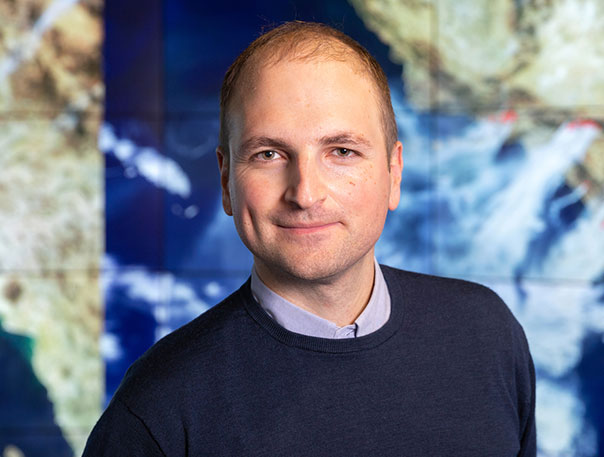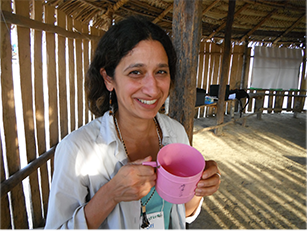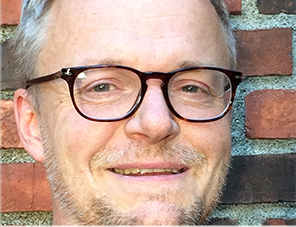There is growing interest in understanding how small-scale farmers in different parts of the world organise their agricultural and land-burning activities. This is particularly so in the case of land managers seeking to change how and when farmers burn in order to bring such activities more into line with wider conservation or REDD-related objectives. However, there is little understanding of the technical, social and cultural feasibility and impacts of changing farmer behaviour with regard to fire.
This PhD project will help to address this knowledge gap. It is based on empirical research in the Niassa Reserve, northern Mozambique. Covering approximately ten million hectares, the Reserve is the country’s largest protected area and home to large populations of farmers practicing shifting agriculture. Using a case study approach, research assesses how fire management practices have developed in the area, what the alternatives to such practices might be, and what the socioeconomic and cultural implications are in encouraging such alternatives. A mixture of data collection methods are employed, including interviews, questionnaires and remote sensing.
Project duration: 2020-2024











